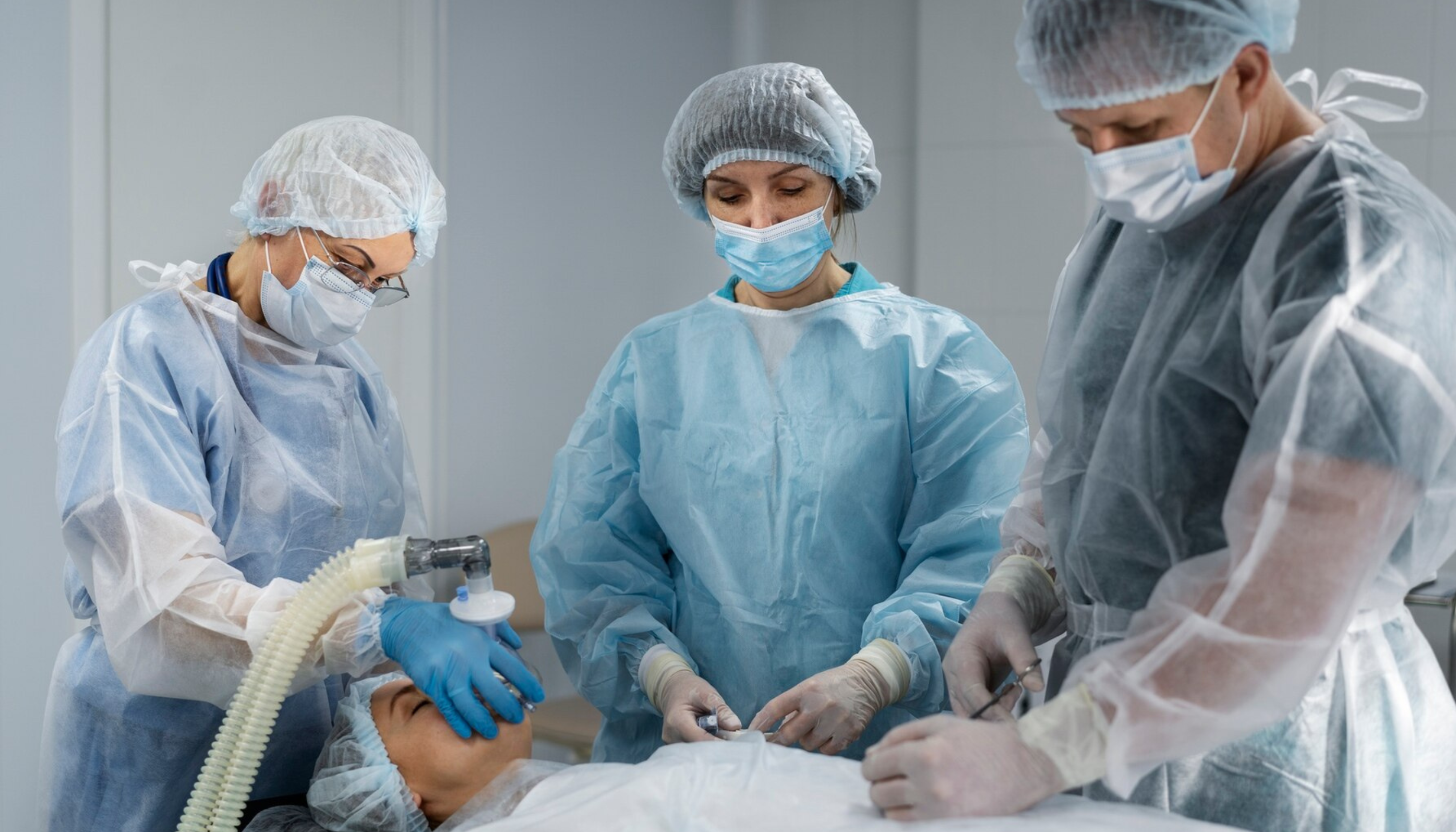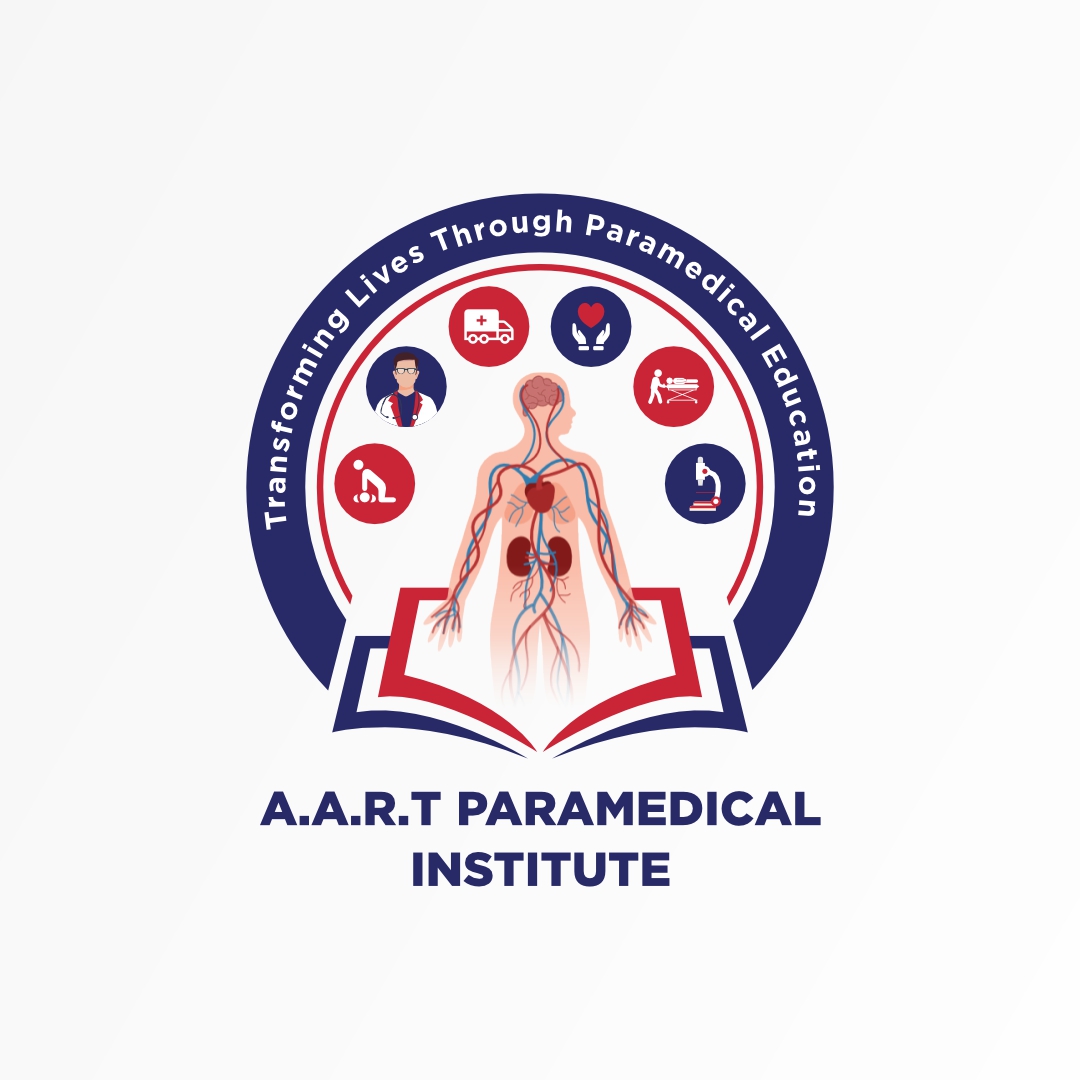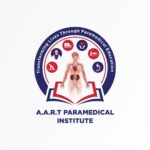- Phone : +(91) 9657004696
- Email : aart.paramedicalinstitute@gmail.com
- Work Hours : Mon - Fri : 9:00 AM - 6:00 PM

A Diploma in Anaesthesia Technology is designed to train individuals in assisting anesthesiologists and anesthetists in providing anesthesia care during surgical procedures. Here’s a detailed overview of the course
Typically 1-2 years, depending on the institution and country.
Anatomy and Physiology: Understanding the human body and its systems, especially those relevant to anaesthesia.
Pharmacology: Study of anaesthetic drugs and their effects, including dosage and administration.
Anaesthesia Techniques: Methods and practices for administering anaesthesia, including general, regional, and local anaesthesia.
Anaesthesia Equipment: Use and maintenance of equipment such as anaesthesia machines, ventilators, and monitoring devices.
Patient Monitoring: Techniques for monitoring vital signs and managing anaesthesia-related complications.
Emergency Procedures: Handling anaesthesia-related emergencies and complications.
Clinical Rotations: Hands-on experience in hospitals or surgical centre’s where students assist in real-world anaesthesia procedures under supervision.
Simulation Labs: Practice in simulated environments to develop skills in a controlled setting.
Requirements for certification or licensing vary by region. Graduates may need to pass an exam or meet other professional requirements to practice as an anesthesia technician.
Job Roles: Anaesthesia technician, anaesthesia assistant, or anaesthesia technologist.
Work Settings: Hospitals, surgical centers, and specialized medical clinics.
Graduates may choose to pursue advanced studies or certifications in anesthesia technology, anesthesia administration, or related healthcare fields.
This diploma prepares individuals to support anesthesiologists and anesthetists in administering anesthesia and managing patients during surgery, ensuring the safety and effectiveness of anesthesia care.
The Paramedical Education is the back bone of the Medical and Healthcare Industries.

Copyright © 2024 All rights reserved by A.A.R.T Paramedical Institute
Privacy Policy | Terms & Conditions | Designed & Developed by Koshank

WhatsApp us